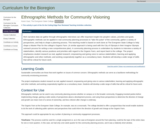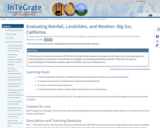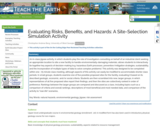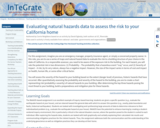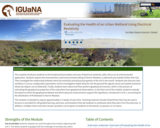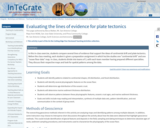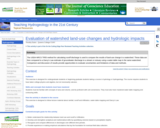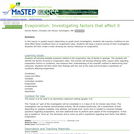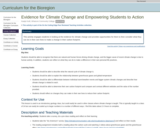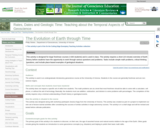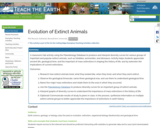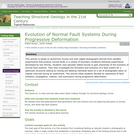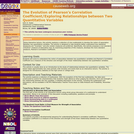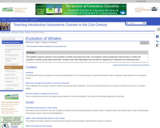Many papers by Ken McClay and colleagues have established the value of scale-model experiments in understanding the evolution and geometries of extensional fault systems (e.g. T. Dooley and K.R. McClay, 1997, Analogue modeling of pull-apart basins: American Association of Petroleum Geologists Bulletin, v. 81, no.11, p. 1804 -- 1826).
There are few resources available that help students visualize the dynamic nature of faulting, especially the complex interplay of faults during growth and evolution of a fault system. Such an understanding is critical, however, if students are to think meaningfully about fault geometries and what they imply.
Conducting scale-model experiments in a class setting is useful, but very time-consuming, difficult for all students to see well, and very temporary, except for the end product. Accordingly, taking a cue from a movie produced by Ken McClay, I constructed a deformation apparatus, conducted and filmed several experiments conducted by McClay, and then produced QuickTime movies of the experiments. This approach makes it possible for students to observe an experiment in a minute or two that took 30-45 minutes to produce and to view the experiment repeatedly, so as to become very familiar with all that is taking place.
Individual frames from the movie provide a template on which students can identify the sequence of fault development, rotation of features, and cessation of motion on some faults as they become inactive. Requiring students to document their observations, establish a chronological sequence of events, and explain in writing what happens during the experiment results in an increased awareness of the faulting process.
(Note: this resource was added to OER Commons as part of a batch upload of over 2,200 records. If you notice an issue with the quality of the metadata, please let us know by using the 'report' button and we will flag it for consideration.)




